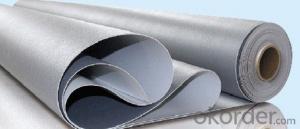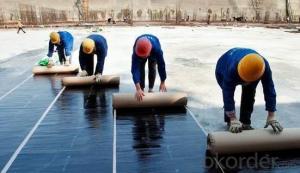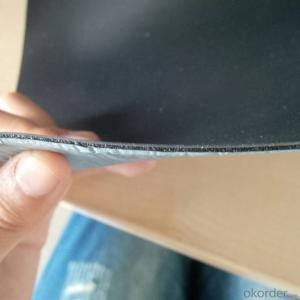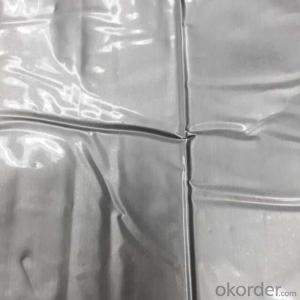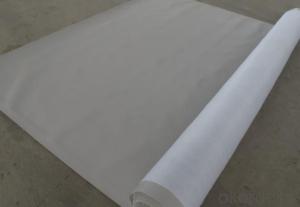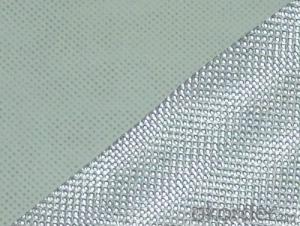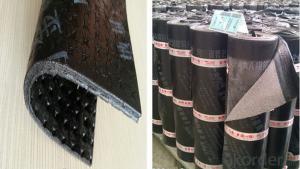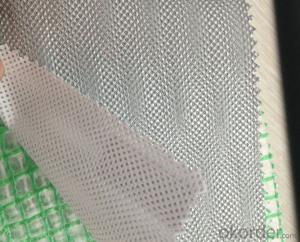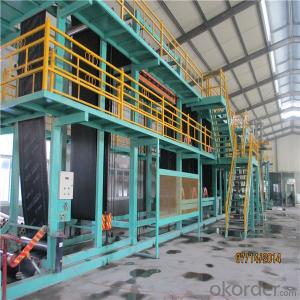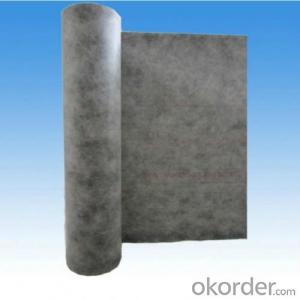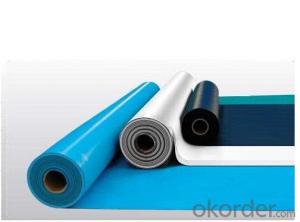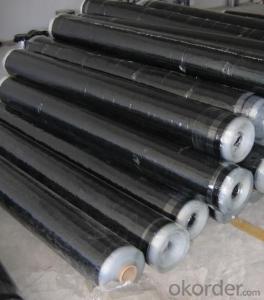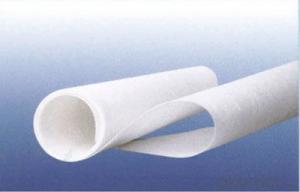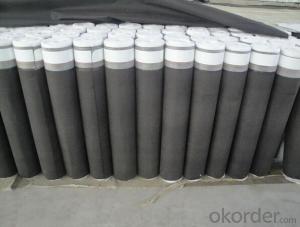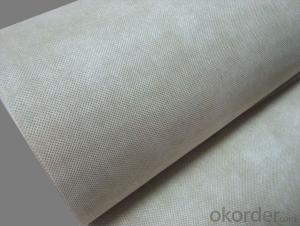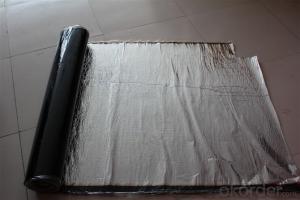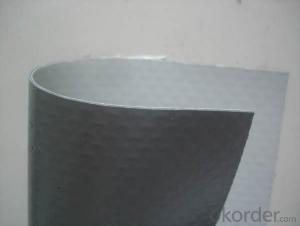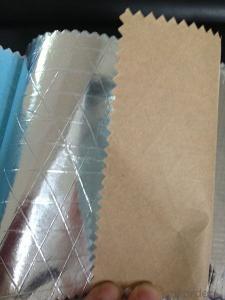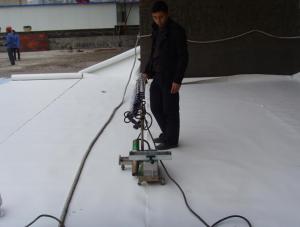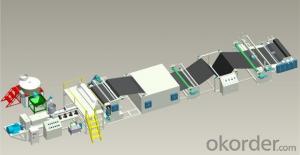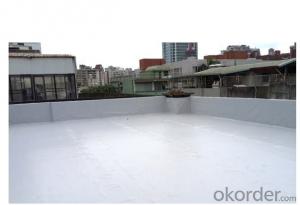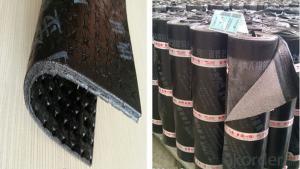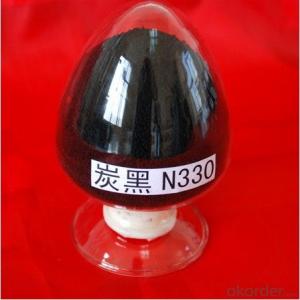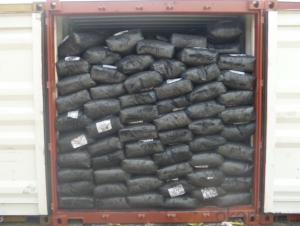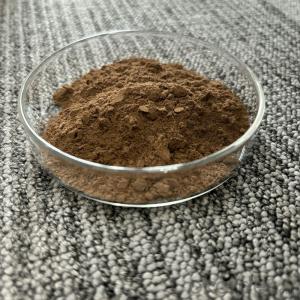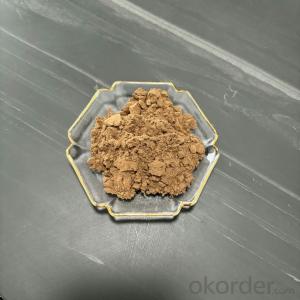Waterproofing Membrane Singapore
Waterproofing Membrane Singapore Related Searches
Waterproofing Membrane Philippines Mapei Waterproofing Membrane Geomembrane Waterproofing Redgard Waterproofing Membrane Waterproof Geomembrane Bentonite Waterproofing Membrane Red Guard Waterproofing Membrane Paintable Waterproof Membrane Concrete Foundation Waterproofing Membrane Waterproof Membrane For Decks Water Dispenser Singapore Damp Proof Membrane Residential Waterproofing Material Waterproofing Spray Commercial Waterproofing Timber Scaffolding Singapore Flexible Ducting Singapore Plastomeric Waterproofing Materials Plastic Tube Singapore Waterproof Material Waterproofing Wet Areas Waterproof Sealer Waterproofing Inspection Concrete Slab Waterproofing Bitumen Roofing Membrane Particle Board Singapore Waterproofing Homes Waterproof Seal Cement Board Singapore Spray Waterproof SealantWaterproofing Membrane Singapore Supplier & Manufacturer from China
Waterproofing Membrane Singapore is a collection of high-quality products designed to protect structures from water damage and moisture. These products are engineered to create a barrier that prevents water infiltration, ensuring the longevity and integrity of buildings and infrastructure. They are made from various materials, such as rubber, polymers, and bitumen, and are available in different forms like sheets, liquid coatings, and spray-on applications.The Waterproofing Membrane Singapore products are widely used in various applications, including roofing, basements, swimming pools, and water tanks. They are essential in construction projects to safeguard against water-related damage, which can lead to structural issues and costly repairs. These membranes are also used in landscaping and waterproofing retaining walls, tunnels, and other civil engineering structures. Their versatility makes them a popular choice among architects, contractors, and homeowners who prioritize water protection in their projects.
Okorder.com is a leading wholesale supplier of Waterproofing Membrane Singapore products, offering a vast inventory to cater to the diverse needs of the construction industry. With a commitment to quality and customer satisfaction, Okorder.com ensures that their products meet the highest standards of performance and durability. By providing a wide range of waterproofing solutions, Okorder.com has established itself as a reliable source for contractors, architects, and homeowners seeking to protect their structures from water damage.
Hot Products


